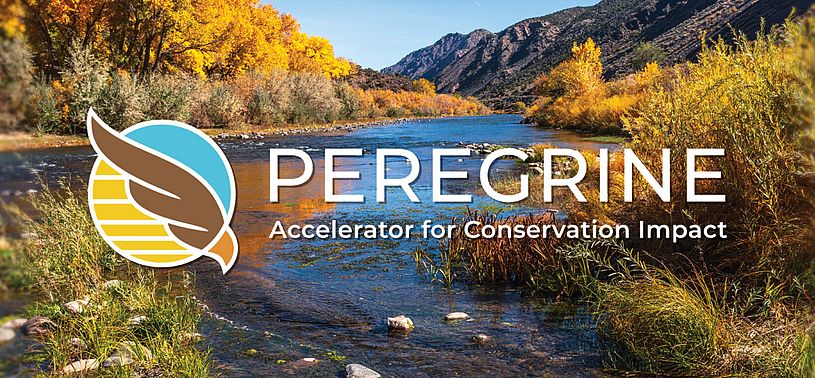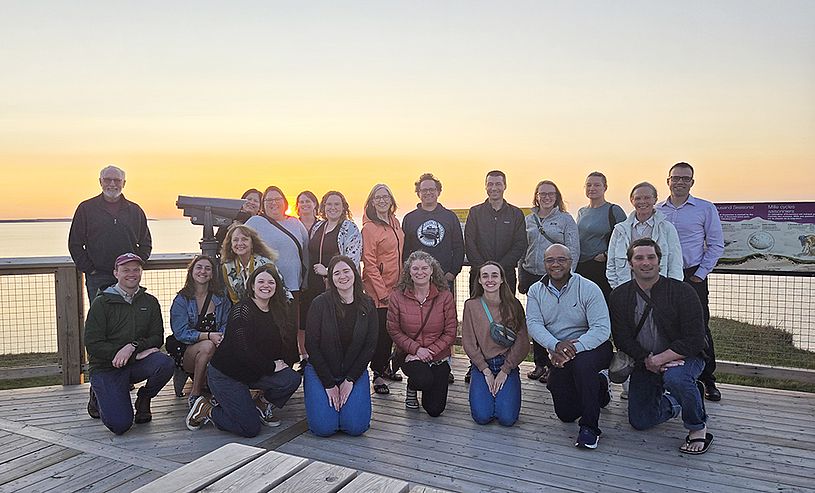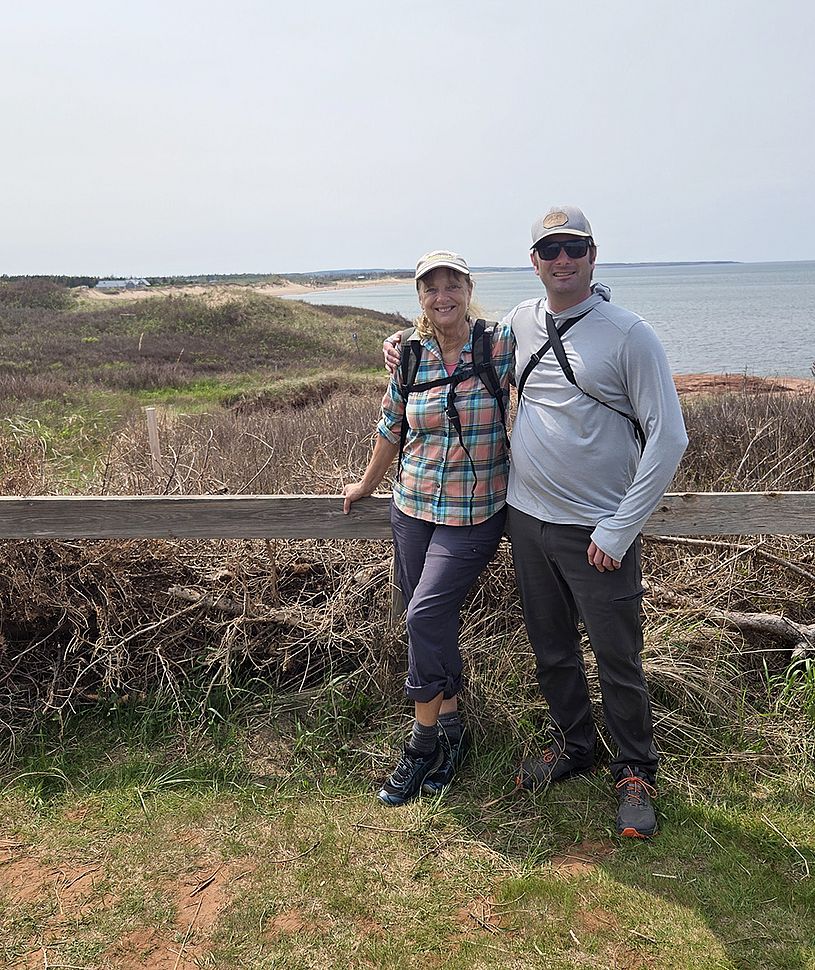Nancy & Dave and the Peregrine Accelerator Grant

Cold Hollow to Canada was recently selected to be part of this year’s Peregrine Accelerator for Conservation Impact Program run by the Salazar Center for North American Conservation housed at Colorado State University. This program brings together a cohort of conservationists working in a defined transboundary landscape for a six-month long journey of learning, mentorship, and work focused on advancing outcomes for habitat connectivity, biodiversity, climate resilience, and community wellbeing.
The inaugural program was launched in 2023 and included people and projects based in the Rio Grande/Rio Bravo basin of the southwestern U.S. and northern Mexico. This year’s program, of which CHC is a part, is focused on the North Atlantic transboundary landscape spanning eastern New York, New England, Quebec, and the maritime provinces of Canada. Next year’s focus will be back in the southwest U.S./northern Mexico in the Baja-Sonora landscape.
CHC feels immense gratitude to be one of eight project teams selected to be part of this year’s program that also includes our partner to the south, the Housatonic Valley Association, working to protect and restore connectivity from the Hudson Valley highlands through the Green Mountains. Nancy and Dave attended a retreat on Prince Edward Island in the beginning of June to meet staff from the Salazar center, other teams involved, and to start our journey of peer learning with focused workshops and a fun field trip to Prince Edward National Park.


We walked away inspired by the incredible people working on innovative projects ranging from identifying and strategically conserving core habitat and corridors in Quebec, Vermont, Connecticut, Massachusetts, and New York; establishing long-term resources to steward and co-manage a network of protected land in Nova Scotia and New Brunswick in partnership with indigenous communities for generations to come; engaging community members in Nova Scotia to create a network of ecological monitoring along the coast to advance knowledge of key conservation issues; restoring critical tidal marsh habitat in Maine by working in partnership with indigenous communities, leaders, and knowledge; protecting vital coastal ecosystems and the livelihoods that depend on them in New Brunswick through increased planning, cooperation, and coordination among stakeholders; and developing an indigenously led strategy to restore and reconnect fish passage across borders with a focus on the American Eel.
The American Eel (Anguilla rostrata) quickly became the symbol of the cohort, representing the interconnectedness of our world and need to work together, across boundaries and differences, to protect and care for our shared home. This fascinating and culturally significant species of fish is born in the Sargasso Sea in the Atlantic Ocean, makes its way up freshwater systems in North America where it spends most of its adult life (including Lake Champlain and other waterbodies in VT), before making the journey home to the sea to reproduce and die. By honoring and respecting the need for connectivity this animal depends on for its life’s journey -- from distant seas to coastal estuaries to freshwater rivers, lakes, streams, and back again – we can build a vision for the future that recognizes that the whole is greater than the sum of its parts.
We are grateful to the Salazer Center for bringing together this cohort and experience and look forward to sharing what we learn along the way and accelerating our impact in the Cold Hollow to Canada region.